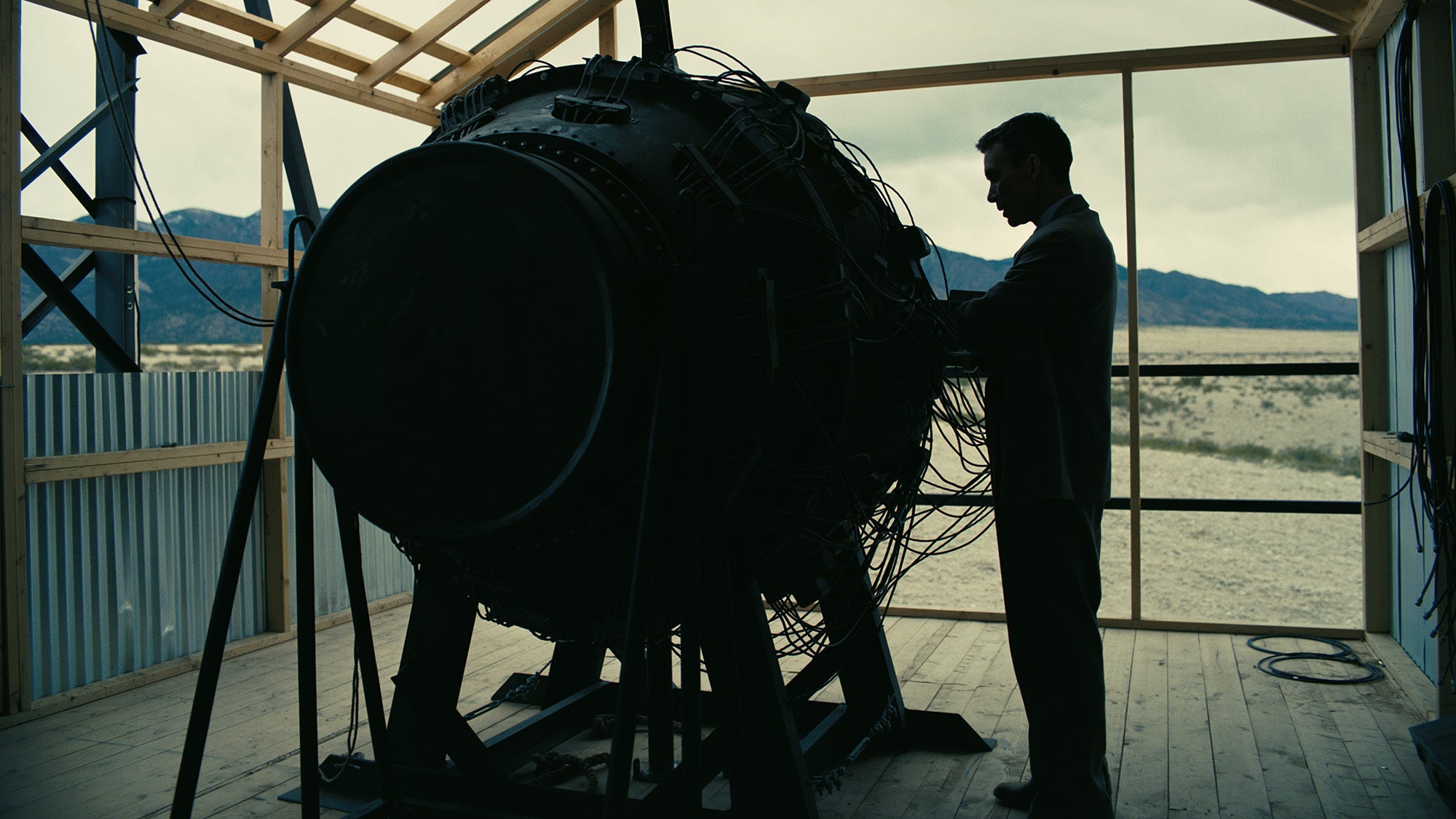BGR
Scientists have witnessed something extraordinary. According to new reports and research, scientists watched healing metal, where cracked metal fused back together without any kind of human intervention. The discovery is one that could completely change how machines work, because machines are often victims of what we call fatigue damage.
Fatigue damage is essentially one of the main ways that machines wear out, causing them to break over time. This is a natural condition that happens as machines go through repeated stress and motion, which causes microscopic cracks to form in the metal. Over time those cracks grow more, eventually spreading until the entire device breaks or fails.
The scientists say that this latest discovery only showcases that metals have their own “intrinsic, natural ability to heal,” at least when it comes to fatigue damage at a nanoscale. For other, much larger cracks, the healing process may be unlikely or slow. It’s unclear.
The fissure that the researchers witnessed healing was very small, though not inconsequential. It was measured in nanometers, so it wasn’t easy to spot. Still, seeing any kind of crack in metal healing by itself is exciting, and the possibilities of what this could mean for future research are virtually endless.
Scientists have created some self-healing items in the past, mostly plastic-based items. But the idea of self-healing metal has been a bit more science fiction than fact. The theory that metal could heal itself isn’t new, either.
In 2013, an assistant professor at MIT published a theory based on computer simulations that described the healing of metal under certain conditions. Now, seeing it happen for themselves, these scientists have finally proven that healing metal is possible and that metal does it naturally. The hope is that this discovery will lead to more improvements down the line.
The researchers say that they are hopeful it will lead more researchers to consider that materials can do things we didn’t expect.


